Pallas 5 ml 0.1% eye drops
$24.10
Description
Trade name
the Pallada
the International unlicensed
name Olopatadin Lekarstvennaya
the Drop form eye 0.1% 5 ml
the Description
Transparent colourless solution
Structure
of 1 ml of drug contains
active agent – an olopatadin of 1 mg (in the form of an olopatadin of a hydrochloride of 1.11 mg),
excipients: a chloride benzalkoniya solution, dinatrium phosphate anhydrous, sodium chloride, sodium hydroxide or acid chlorohydrogen (diluted), water for injections.
Pharmacotherapeutic group
Drugs for treatment of diseases of eyes. Decongestants and antiallergenic drugs. Antiallergenic drugs others. Olopatadin.
ATX S01GX09 code
Pharmacological
Pharmacokinetics At properties topical administration of drug system absorption low. The maximum concentration of an olopatadin in blood plasma is reached within 2 hours after topical administration and makes 0.5-1.3 ng/ml.
Elimination half-life of an olopatadin in plasma makes 8-12 hours. 60-70% in the form of two metabolites are removed mainly by kidneys.
The pharmacodynamics
Olopatadin, active agent of the drug Pallada, is selection H1 inhibitor – histamine receptors. Has antiallergic effect.
The mechanism of effect of drug is based on ability of an olopatadin to suppress release of biologically active agents which are inflammation mediators (bradykinin, a histamine, leukotrienes) and also to stabilize membranes of mast cells which are responsible for manifestation of allergic reactions of immediate type.
At topical administration in ophthalmology the eye drops the Pallada eliminate the symptoms accompanying seasonal allergic keratoconjunctivites (hypostasis, burning or an itching, reddening of a mucous membrane of eyes). Selection effect of drug extends only to histamine H1 receptors, without rendering any effect on α-adrenergic, dopamine, muskarinovy type 1 and 2 and also serotoninovy receptors. Does not change diameter of a pupil.
Indications
– allergic conjunctivitis
the Route of administration and doses
Only for topical administration.
Before use the bottle should be stirred up.
To adults and children 8 years the drug Pallada are more senior dig in in the lower conjunctival sac of the affected eye on 1 drop 2 times a day. The interval between instillations makes 6-8 hours.
It is not necessary to touch with a pipette tip any surface to avoid solution pollution.
Duration of treatment is determined by the attending physician.
Side effects
Local (less than 5%)
it is frequent
– burning and eye pain, dacryagogue, feeling of a foreign body in an eye, a keratitis, an iritis, a swelling a century.
Infrequently:
– a photophobia, discomfort in an eye, feeling of a foreign body in an eye
– misting of sight
– decrease in visual acuity
– an itching of an eye, hyperaemia of eyes
– discharge from eyes, lachrymation
– a nictitating spasm
– disturbance from a century, hypostasis, reddening of a century, conjunctivitis, conjunctival follicles, conjunctiva hyperaemia
– disturbance of a corneal epithelium, a cornea erosion, coloring of a cornea
– a keratitis, a dot keratitis
System (0.1-1%)
– weakness, a headache, dizziness, nausea, pharyngitis, rhinitis, sinusitis, change of taste
of the Contraindication
– hypersensitivity to an olopatadin or other components of drug
– children’s age up to 8 years.
Medicinal interactions
the Pallada it is compatible to other ophthalmologic drugs for topical administration. In need of simultaneous use the interval between instillations has to make not less than 5 minutes.
The special
instructions Drug Pallada preservative a benzalkoniya contains chloride which can be absorbed by contact lenses. Before burying drug of a lens it is necessary to remove and establish back not earlier than in 20 minutes after burying drug.
It is not necessary to touch with a pipette tip any surface to avoid solution pollution.
The drug Drop Pallada eye was not investigated at patients with a renal and liver failure. As system absorption of drug after topical administration is minimum, there is no need for correction of a dose of drug for patients with a renal and liver failure.
Contact lenses
As eye drops contain a benzalkoniya chloride, it is necessary to refrain from carrying soft contact lenses, or to delete them during burying. Lenses can be carried in breaks between use of drug and to insert not earlier than in 15 minutes after burying.
Use for elderly
Is not present need of correction of a dose for elderly patients.
Use in pediatrics
Safety and efficiency of use of the drug Pallada for children aged up to 8 years is not established.
Pregnancy and a lactation
Use of drug at pregnancy and in the period of a lactation perhaps in case the expected medical effect exceeds potential risk for a fruit.
Features influence of medicine on ability to run the vehicle or potentially dangerous mechanisms
If at the patient after drug use temporarily decreases sight clearness, then before its restoration it is not recommended to drive the car and to be engaged in the types of activity requiring special attention.
The overdose
At topical administration overdose is improbable.
Treatment: at hit in eyes of excess amount of drug it is recommended to wash eyes with warm water.
The form of release and packing
On 5 ml of drug spill in bottles droppers from white polyethylene with the white screw-on protective cover supplied with a safety ring.
On a bottle paste the label – self-bonding.
On 1 bottle together with the instruction for medical use in the state and Russian languages place in a cardboard pack.
To Store storage conditions at a temperature not above 25ºС.
To store out of children’s reach!
3 years
After opening of a bottle drug to use a period of storage within 28 days.
Not to apply after an expiration date.
Prescription status
According to the prescription
Additional information
| Ingredient |
|---|





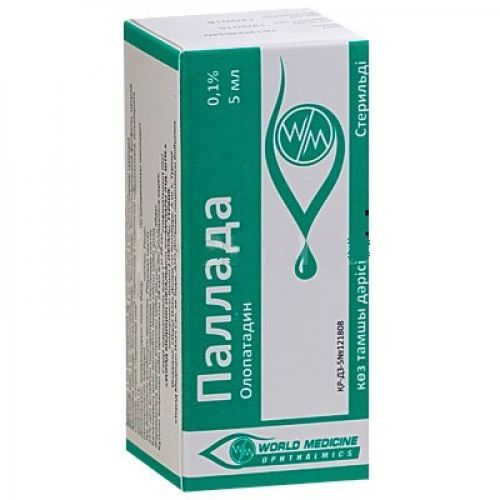
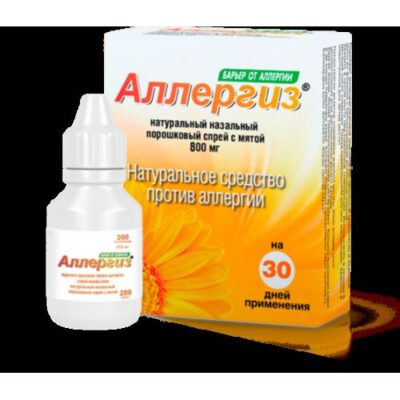
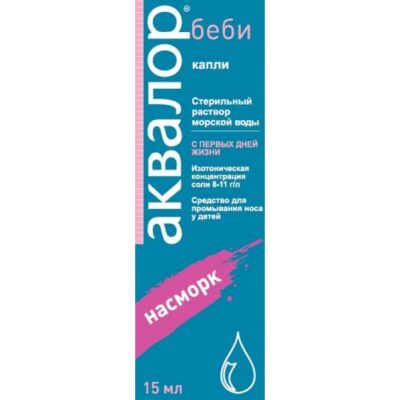
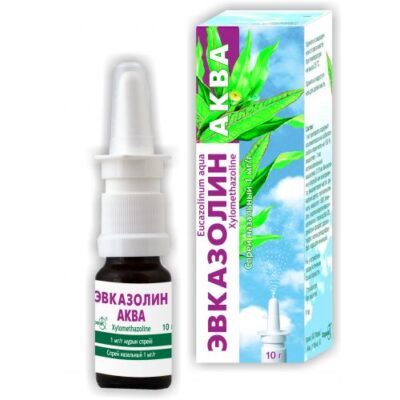
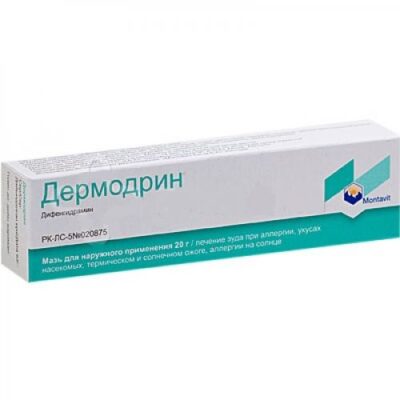
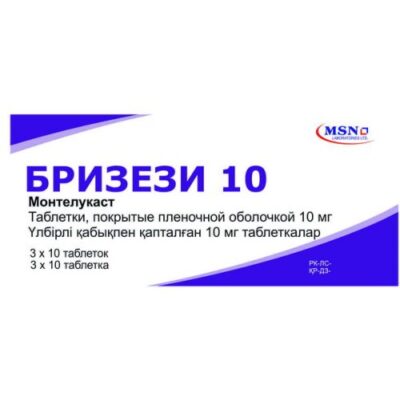
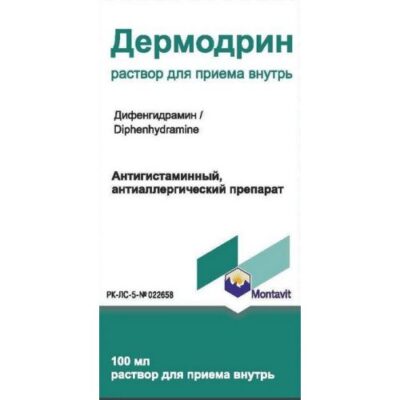
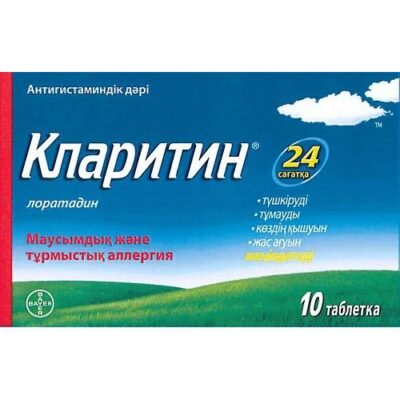
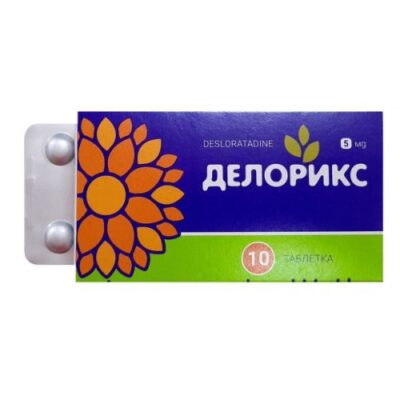
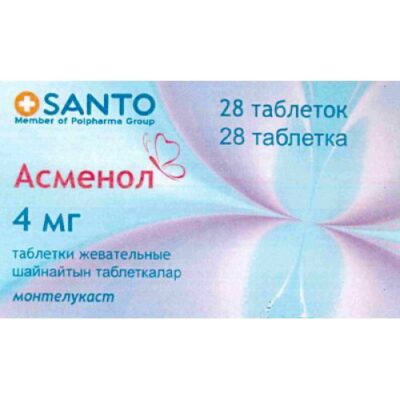
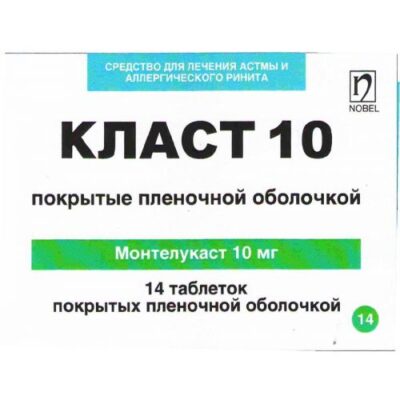






Reviews
There are no reviews yet.